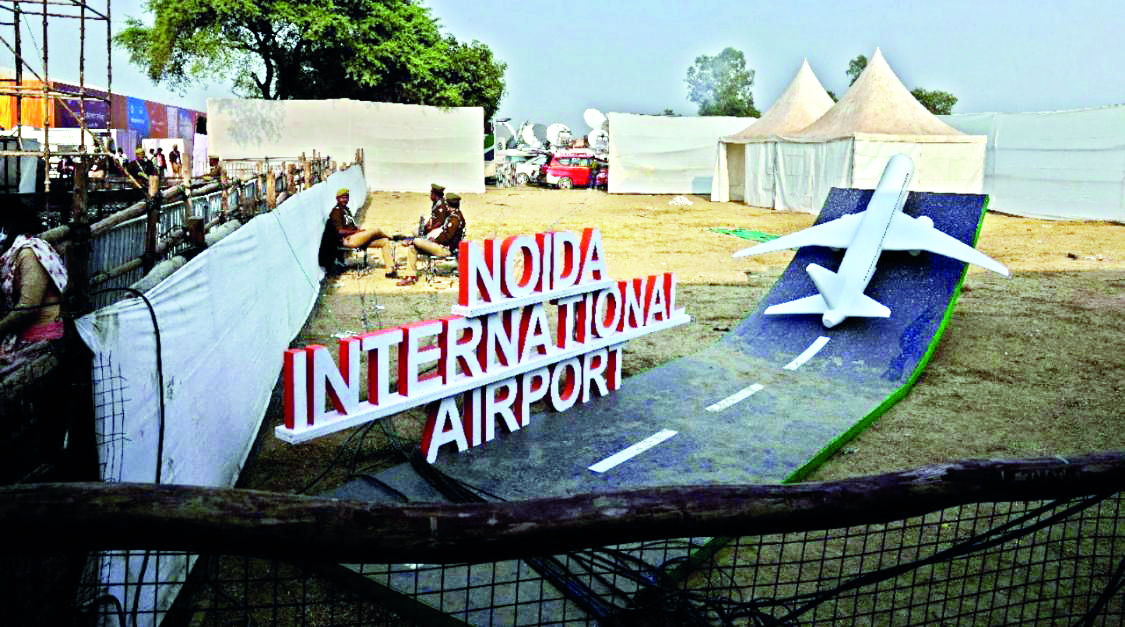Noida International Airport cleared for plane landings after successful ILS test

Greater Noida: The Directorate General of Civil Aviation (DGCA) has granted permission for planes to land on the runway of Noida International Airport following the successful completion of a four-day Instrument Landing System (ILS) test. Starting from November 15, the runway will undergo further testing for one month, during which commercial planes will land alongside test aircraft, to strengthen the airport’s operational readiness.
Arun Vir Singh, the CEO of the YEIDA, expressed his satisfaction, stating, “Now that DGCA has issued a calibration certificate, it means all systems required for takeoff and descent of a flight are in place. So, we can start trials of the entire runway now.” Singh emphasised the project’s progress, saying, “We are happy and focused that the project gets ready for trials even before the fixed timelines.” The concessionaire will now test all the systems, including signals, ILS, Precision Approach Path Indicator (PAPI) lights
along the runway, and other requirements before commencing operations.
The airport concessionaire is expected to apply for an aerodrome licence in December, with the licence likely to be issued by mid-March. Essential information about the airport, such as codes and booking details, will be uploaded on the International Air Transport Association (IATA) website by 6 February. Singh added, “Ticket bookings will open 90 days in advance for international flights and up to 60 days for domestic services. So, you can expect booking slots to open around Jan or Feb.”
According to an official with the Noida International Airport Limited (NAIL), the airport is equipped with CAT-1 and CAT-3 equipment, which provide information about the plane’s height and visibility during foggy conditions.
The DGCA has also inspected this equipment. From 10 to 14 October, the Airports Authority of India (AAI) conducted multiple daily flights using their Beech King Air 360 ER aircraft to test the Instrument Landing System (ILS) and Precision Approach Path Indicator (PAPI).
During the flight tests, all navigation and radar-related equipment were found to be functioning properly.
The ILS, a radio navigation system, provides pilots with accurate information during approach and landing, particularly in low visibility conditions. The safety system allows pilots to land safely even in situations with very low visibility due to fog or rain. The certificate has been issued following the successful testing of
the ILS system.



